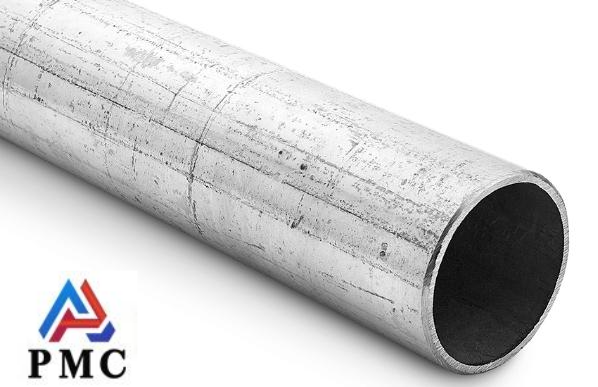
Production Process of Hot-dip Galvanized Steel Pipes
Production process of hot-dip galvanized steel pipes
Galvanized pipe is also called galvanized steel pipe. It can be seen that its main material is steel. It is a pipe fitting made of steel after galvanizing. Its representative materials are: carbon steel 20, 45 steel; alloy steel Q345, 20Cr, 40Cr, 20CrMo, 30-35CrMo, 42CrMo and many others. Hot-dip galvanized steel pipe is a steel pipe that is galvanized to improve its performance. The principle of its processing and production is to make the molten metal react with the iron matrix to produce an alloy layer, thereby combining the matrix and the coating. So how is the hot-dip galvanized steel pipe processed? The process of hot-dip galvanized steel pipe is divided into the following steps:
1. Alkali cleaning: There is oil on the surface of some steel pipes and alkaline cleaning is required.
2. Pickling: Use hydrochloric acid for pickling to remove the oxide scale on the surface of the steel pipe.
3. Rinse: Mainly to remove residual acid and iron salt attached to the surface of the steel pipe.
4. Immersion aid: The function of the flux is to remove all impurities from the surface of the steel pipe, ensure clean contact between the steel pipe and the zinc liquid, and form a good coating.
5. Drying: It is mainly used to prevent the steel pipe from exploding when immersed in the zinc pot.
6. Hot dip galvanizing: The temperature of zinc liquid in the zinc pot is strictly controlled at 450±5℃. Put the steel pipe into the galvanizing furnace. Roll into the three zinc dipping spirals in the galvanizing machine. The three spirals are in different phases, so that the steel pipe is tilted on the spirals. As the spirals rotate, the steel pipe moves downward while forming an inclination angle, then enters the zinc liquid, and continues to move downward, automatically falling onto the slide rail in the zinc pot; When the steel pipe is lifted to the surface of the magnetic roller, it will be sucked and moved to the traction roller.
7. External blowing: The steel pipe passes through the external blowing ring and compressed air to blow away the excess zinc liquid on the steel pipe to obtain a smooth surface.
8. Drag-out: Appropriately reducing the drag-out speed can control the amount of zinc applied and reduce zinc consumption.
9. Internal blowing: remove excess zinc liquid from the inner surface of the steel pipe to obtain a smooth inner surface. The removed zinc liquid is recovered as zinc powder.
10. Water cooling: The temperature of the water cooling tank is controlled at 80℃ to cool the galvanized pipe.
11. Passivation: The passivation liquid is sprayed on the finished pipe to passivate the surface of the pipe. After the external blow ring, the excess passivation liquid is blown away with compressed air.
12. Inspection: The galvanized steel pipes fall onto the inspection stand. After inspection, the leaky pipes are placed into the waste basket and the finished pipes are packaged and put into storage.

What are the advantages of hot-dip galvanized pipes?
1. Low processing cost
The cost of hot-dip galvanizing for rust prevention is lower than that of other paint coatings.
2. Durable
In suburban environments, the anti-rust thickness of standard hot-dip galvanized steel pipes can be maintained for more than 50 years without repair; in urban or offshore areas, the standard hot-dip galvanized anti-rust layer can be maintained for 20 years without repair.
3. Good reliability
The zinc coating is metallurgically bonded to the steel and becomes part of the steel surface, so the durability of the coating is more reliable.
4. Strong toughness of the coating
The zinc coating forms a special metallurgical structure that can withstand mechanical damage during transportation and use.
5. Comprehensive protection
Every part of the plated part can be plated with zinc, even in recessed areas, corners and hidden areas, it can be fully protected.
6. Save time and effort
The galvanizing process is faster than other coating construction methods and can avoid the time required for painting on site after installation.
7. Low initial cost
Generally speaking, the cost of hot-dip galvanized steel pipes is lower than that of other protective coatings. The reason is simple. Other protective coatings such as sandblasting and painting are labor-intensive processes, while hot-dip galvanizing is a highly mechanized process with high efficiency.
8. Easy and convenient inspection
The hot-dip galvanized layer can be tested visually and with a simple non-destructive coating thickness gauge, making inspection easy.
Read more: What Indicators should be Considered when Purchasing Galvanized Steel Pipes?


